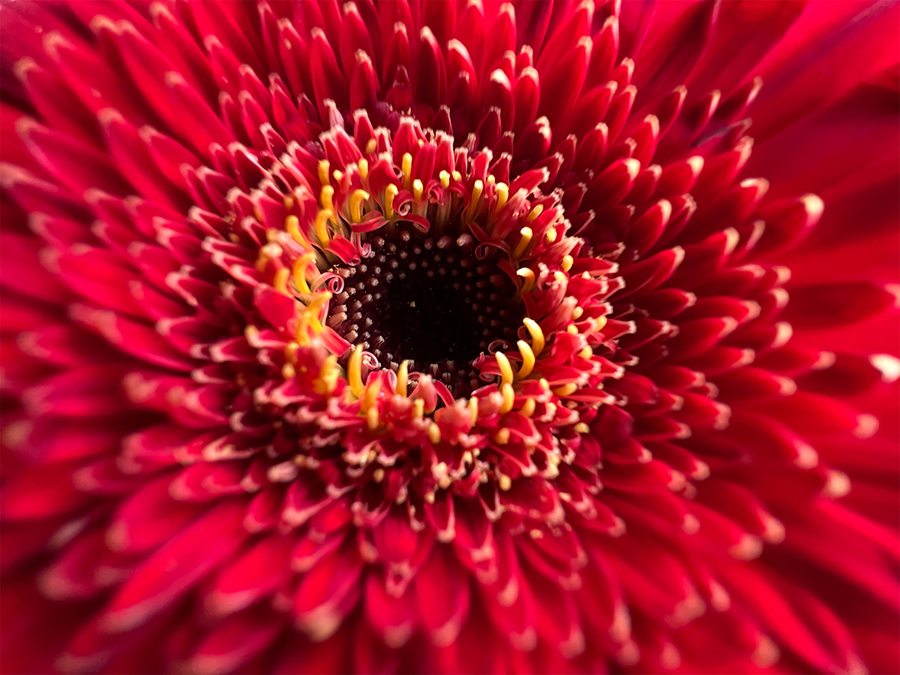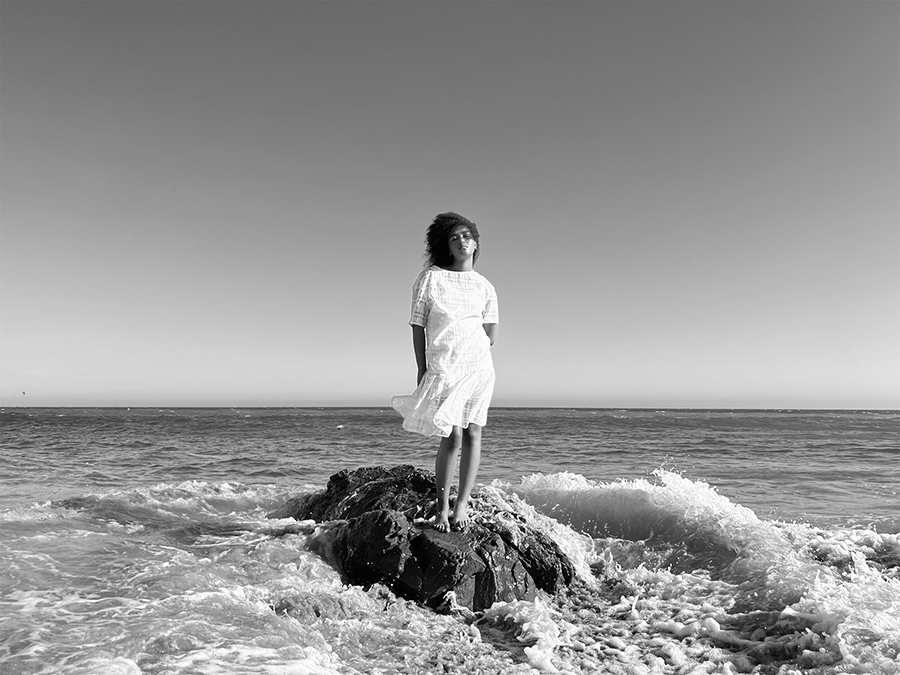Simple Tips for Taking Better Smartphone Photos on Your Trip

Not only has the quality of the photos (and videos) improved over the years, but smartphones are also ideal for editing what you’ve captured, adding fun filters and wirelessly sharing those memories on the spot. Photo: bluecinema/Getty Images
The best camera, as they say, is the one you have with you.
And if that happens to be your smartphone, and chances are it is, at least these pocket-sized devices are getting seriously good at photography.
Not only has the quality of the photos (and videos) improved over the years, smartphones are also ideal for editing what you’ve captured, adding fun filters and wirelessly sharing those memories on the spot.
Before you set out on a scenic road trip or cruise with a partner or friends, or simply lounging around a backyard with the kids or grandkids, take heed of these simple suggestions to getting the most out of your “phoneography.”
Don’t Use Digital Zoom
Get closer by walking up to your subject with your smartphone or using the camera’s optical zoom to magnify the image. Avoid digital zoom, however, which is a software trick that can simulate getting closer to the subject, but can make photos look blurry or pixelated.
Get Up Close and Personal
On a related note, fill the whole frame up with your subjects — as opposed to too much headroom around them. Unless you’re trying to get in a lot of scenery, going in closer also means you can capture more facial detail, such as light freckling, a charming dimple or soft pale blues of the iris.

Go Left (or Right)
Memorable photos need great composition. Instead of always placing your subjects in the centre of the frame — what most amateur photographers do — move them to the left or right to make your photos instantly become more powerful and beautiful. You may hear pro photographers refer to a “rule of thirds,” which refers to breaking up a scene into two vertical lines and two horizontal lines and placing your subject wherever the four lines intersect (think of it like a tic-tac-toe board); our eyes naturally look at one of these intersection points.
Turn the Phone Sideways
Unless you’re trying to capture a tall structure like the CN Tower, use the “landscape” orientation when taking photos and shooting videos to get more in, especially with group shots. Holding your phone horizontally will also create photos that look better when viewed on a widescreen computer or television (that is, no vertical black bars on each side of the image).
Appreciate Cloudy Days
When outside, try to resist using the flash if you can, as natural light is way better. Cloudy days are perfect as they diffuse the sun. If it is sunny, though, make sure your back is to the sun — and not your subjects — or else they’ll look like a silhouette. Same goes with taking an indoor shot near a window. Review what you took afterwards and redo it, if needed.
Hold Your Phone Steady
Ever hold your camera at arm’s length to get a shot? Try to avoid this as your hands might shake a tad. To get a good, sharp image (photo or video), hold the camera with both hands and pull your arms into your chest or stomach to steady the shot. You can also pick up an inexpensive tripod or rest your phone on a table and set a timer.
Angle Is Everything
When shooting photos or videos, try to match the height of the subject, such as kneeling on the ground to snap a picture of a toddler. You’ll get better shots when at eye level rather than angling the phone up or down, which can look awkward when previewing the images.

Candid Shots Are Keepers
Don’t always take photos of people posing for the camera as their expression can look forced and predictable. Some of the best photos of subjects are when they don’t realize they’re being photographed — but, of course, be sure to get their permission before uploading to social media.
App It Up
These tools are already included with your phone, but there are also third-party apps to help you easily edit photos and videos, and share them with friends and family. Apps like Instagram and Snapchat can add interesting filters, too, ranging from a brownish sepia-tone finish and retro ‘70s look to fun augmented-reality effects. There are thousands of apps available for all platforms, so experiment away.
Don’t Forget About Audio
Don’t underestimate the importance of loud and clear audio when shooting videos. It could be as important as the visual, so get closer to your subject to capture good audio or consider investing in an external microphone (wired or wireless).
A version of this story was published on May 24, 2022
RELATED:
Your Smartphone Is Not Making You Dumber — Digital Tech Can Enhance Our Cognitive Abilities
Emergency Ready: Tech Tools to Protect You and Your Property During a Natural Disaster